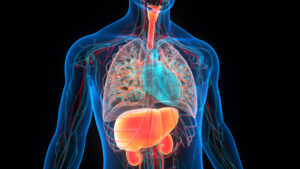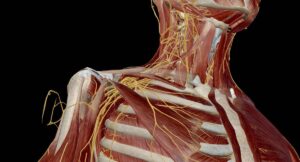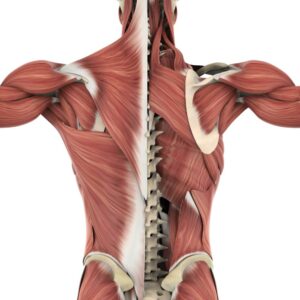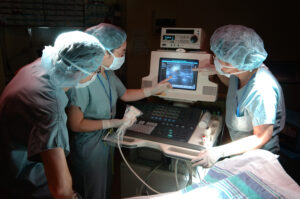Blog
Keep informed and updated with the latest trends about anesthesia services and perioperative care

Nerve Blocks for Podiatry
Nerve blocks are an essential tool in podiatry, offering effective pain management solutions for various foot and ankle conditions. This procedure involves injecting an anesthetic

Types of Surgical Ablation
Ablation is a minimally invasive surgical technique involving the removal or destruction of tissue for therapeutic purposes. It utilizes various forms of energy, including extreme

Chronic Post-Surgical Pain
Chronic post-surgical pain (CPSP) is typically defined as pain that persists for at least three months after surgery, in the absence of other causes such

Anesthesia and Surgery for Patients with Deep Vein Thrombosis (DVT)
Deep vein thrombosis (DVT) presents a significant challenge in the perioperative management of patients requiring anesthesia and surgery. DVT, characterized by the formation of blood

Vital Sign Targets During General Anesthesia
During general anesthesia, anesthetists work to ensure the patient is not conscious and will not feel pain during a medical procedure. However, there are risks

Cardiovascular-Kidney-Metabolic Syndrome
Cardiovascular-kidney-metabolic syndrome (CKM syndrome) is an increasingly recognized condition that describes the interconnection between cardiovascular disease (CVD), chronic kidney disease (CKD), and metabolic disorders such

Prior Authorization in US Healthcare
In the US healthcare system, prior authorization (PA) is a critical process that affects providers, insurers, and patients. Also known as “pre-approval” and “pre-certification,” PA

Patient Preparation for EGD vs. Colonoscopy
Patient preparation plays a crucial role in the success and safety of both esophagogastroduodenoscopy (EGD) and colonoscopy procedures. While these gastrointestinal endoscopic procedures serve distinct

Preparing a Patient for Tracheal Intubation
Tracheal intubation is a common procedure used in anesthesiology and critical care to secure a patient’s airway, facilitate mechanical ventilation, and/or protect the airway from

How is Blood Prepared Before Transfusion?
Blood transfusions are life-saving medical procedures that involve transferring blood or blood products from one individual (donor) to another (recipient) 1. Whether it is carried

Rebound Pain After Nerve Block
A nerve block is the technique of injecting a local anesthetic near specific nerves to provide localized anesthesia during and after a surgical procedure. It

Superficial vs. Deep Cervical Plexus Block
Cervical plexus blocks are indispensable tools in anesthesia and pain medicine. They play a vital role in providing anesthesia and analgesia for various surgical and

The Relationship Between Genetic Variants and Postoperative Pain
The relationship between genetic variants and postoperative pain is a multifaceted and evolving area of study that encompasses various aspects of genetics, pharmacology, and patient

Erector Spinae Plane Block
Fascial plane nerve blocks are typically used to manage pain in the perioperative setting. In recent years, different types of fascial blocks have been described

Anesthesia Induction vs. Maintenance
Anesthesia is a crucial component of modern medicine, ensuring that patients undergoing surgical or medical procedures remain pain-free and comfortable. Two phases of anesthesia are

History of Intubation Devices
Tracheal intubation, usually simply referred to as intubation, is an invasive medical procedure in which a tube is placed into the trachea to maintain a

Neuromuscular Blockade, a.k.a. Temporary Paralysis
Neuromuscular blockade, which induces temporary paralysis, is a medical technique used during certain surgical procedures to relax and immobilize muscles in the body. Although the

The Settings in Which Anesthesiologists Use Point of Care Ultrasound
Anesthesiologists are medical professionals responsible for providing anesthesia during surgical and medical procedures. One of the tools that anesthesiologists use to improve patient safety and

The Risks of Anesthesia
The Risks of Undergoing Anesthesia Anesthesia is a vital aspect of perioperative care that allows patients to undergo surgical procedures and other medical interventions with

Breathing Support During Anesthesia
During medical procedures, anesthesia is used to help patients relax, become unconscious, and relieve pain. One crucial aspect of administering anesthesia is providing breathing support

Labor Epidurals
Labor epidurals have long been an essential part of modern childbirth practices, providing pain relief for countless women during labor and delivery. This medical advancement

Common Anesthetics
Anesthetics are essential in modern medicine, allowing patients to undergo procedures without feeling pain or discomfort.